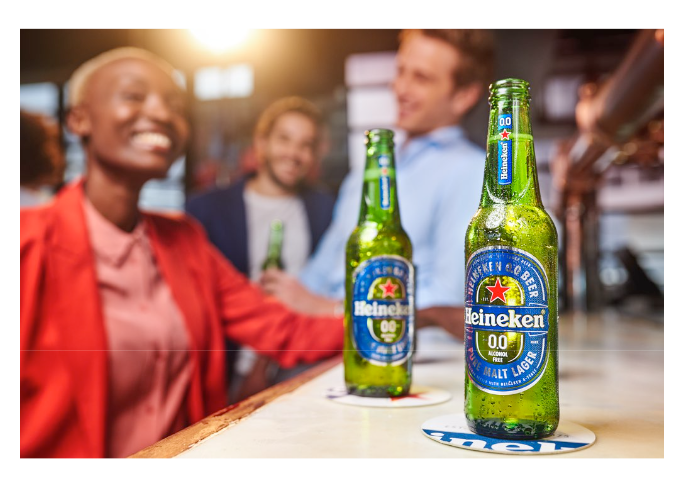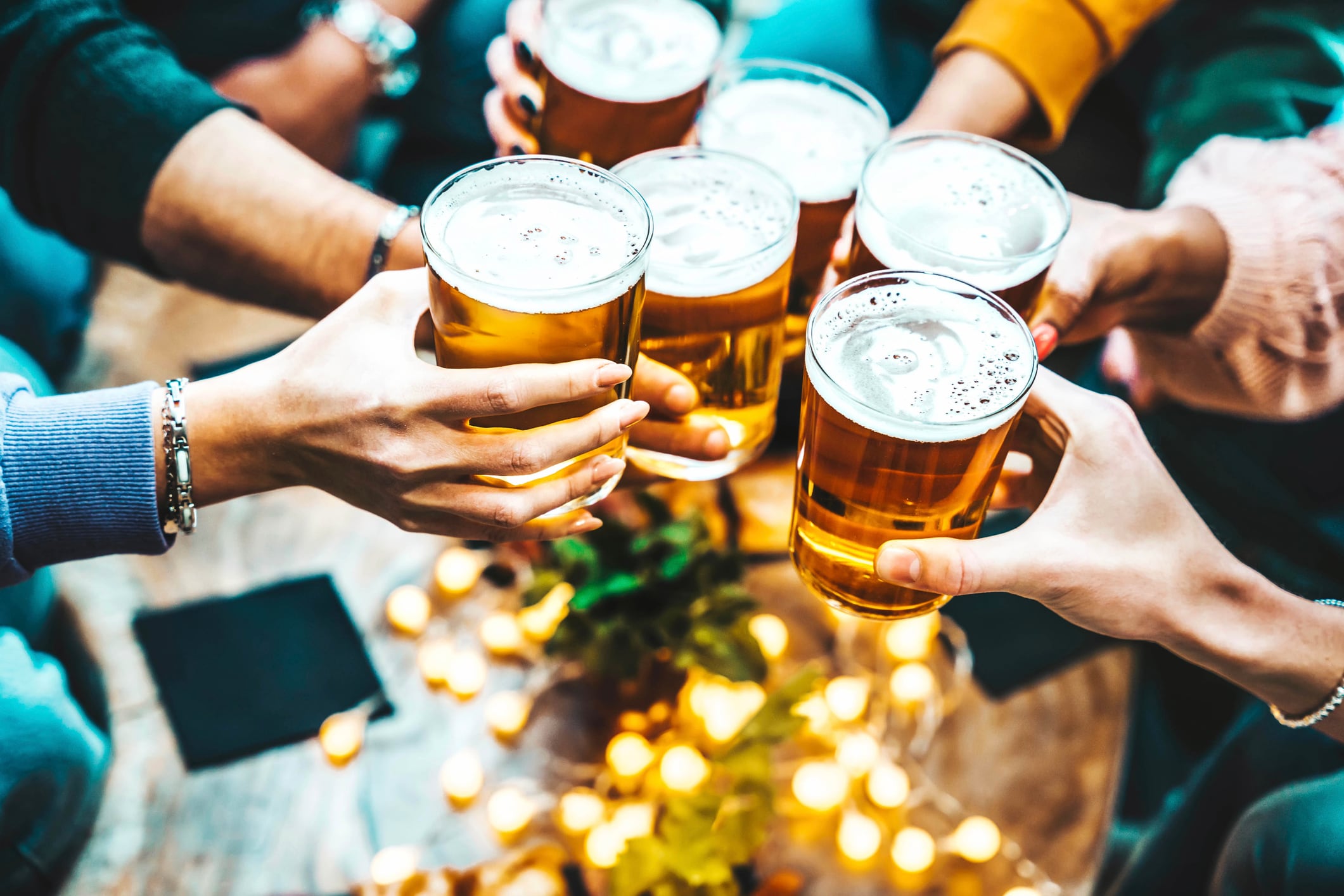E-commerce sales of alcoholic beverages are forecast to surpass $36bn globally, reflecting a 20% increase in value over the next five years, according to data from IWSR.
The US continues to be a key market for the global online alcohol channel, with the proportion of alcohol buyers shopping online rising. Furthermore, a high number of millennial non-users expected to start shopping online in the future.
The pandemic accelerated a shift towards e-commerce, directing consumers in a direction they’d been heading slowly over to anyway.
The digital shelf
So why is e-commerce important?
Quite simply, ‘it’s where the consumer is going’, explains Cameron Barratt, e-commerce lead at Heineken USA.
“55% of grocery consumers in store also shop on line. 87% of in store shops have an online component.
“If you are not participating in this space, you’re invisible to many consumers, particularly younger ones. If you’re not online, you’re not having your product shown, and you’re not part of the consumer journey.”
But it’s more complex than that. Consumers can use online platforms not only to buy products, but to do their research on brands, prices, availability and delivery.
“Ecommerce is extremely important from a conversion standpoint, it’s a place where people are doing research, seeing products for the first time, there’s the integration of content,” said Barratt.
That means that content on social media, for example, feeds seamlessly into where people can buy products (as opposed to, for example, an old-fashioned bill board or TV ad which requires people to recall the brand days or even weeks later to actually buy it).
“It’s so deep, the breadth of e-commerce. It has so many components,” said Barratt.
Online retailers and 'last mile' marketplaces
Within e-commerce, there are two main channels. There are the traditional online retailers: bricks and mortar retailers who now offer online shopping. And then there’s the third party or ‘last mile’ market places: third parties that collate where people can buy drinks and direct people accordingly, without actually making the sales themselves.
Opportunity to grow: Heineken 0.0
Heineken 0.0 launched in the US in 2019, one of the first of the big national brands to revisit the space in the modern era of low and no alcohol.
This brand now accounts for around 10% of brand Heineken sales in the US: and that is ‘growing significantly’.
And there’s a huge opportunity to expand the consumer base. In fact, 80% of Heineken 0.0 consumers do not buy brand Heineken. That means there’s a large base of 21-35 year olds that Heineken 0.0 can target.
E-commerce sales for Heineken 0.0 have jumped 20% in the last year. And what’s been surprising is that shoppers typically buy Heineken 0.0 alongside a full strength beer: illustrating the trend of zebra striping.
For Heineken, 0.0 has the same opportunity as brand Heineken Original to grow online. Both are treated very similarly (Heineken 0.0, for example, is only marketed to legal drinking age consumers).
But the competition for Heineken 0.0 is different. Heineken Original is clearly pitted against other beer and lager brands. Heineken 0.0, can find itself up against any other non-alcoholic drinks.
The US’ three-tier system
The US operates under a three-tier system for alcohol: separating manufacturers, wholesalers and retailers. No one entity can be involved in more than one tier, and each tier is regulated and licensed separately. States each have their own models under this system.
E-commerce reflects this model. Heineken cannot, for example, put out a post on Instagram with a direct link to a single retailer. Instead it has a smart commerce widget that takes the user through to retailers according to location and availability.
Pickup vs home delivery
While home delivery is strong, the growth of pickup-in-store has grown at a record rate in the last year.
Despite the convenience of home delivery, it comes with a price tag, while pickup-in-store is generally free. That’s a key selling point for today’s cash-strapped consumers.
Fast moving
E-commerce is naturally a business that is evolving and moving fast. Consumers are taking less and less time to shop, competition is heating up, and AI can change the game at any minute.
“There’s areas of this business that are moving very, very quickly,” said Barratt.
“It really comes down to being very focused on what you’re trying to get done, being efficient with your resources. The speed from beta to deployment is so fast, if you’re not an early adopter or first mover you can get left behind pretty quickly.”
The big question, of course, is how AI will change the game.
“AI has already changed e-commerce!” said Barratt. “When you go in and you search beer on a platform, the results are going through an algorithm. What you get at the output is being decided by a machine learning system. That is already happening.
“Where we are going in the next iteration is the speed those algorithms are changing, our digital shelves are going to have to move faster, AI adapting our product pages in real time.
“And forward looking... what happens with Agentic AI models? Consumers will no longer be directly interacting with a website or apps. The Agentic piece is going to be very interesting.
“At the end of the day, is it better for the consumer? That will be the big decider as to whether AI goes from component to vehicle.”
Agentic AI: The next evolution
Rather than directing users to the relevant webpages and information, AI-powered agents take control and feed decisions based on machine learning back to users directly.
Agentic AI no longer searches out information to present to consumers. It is proactive and makes decisions on the best products or cheapest products, achieving its goals without need of human intervention.
In ecommerce, that could mean consumers are presented with the best (for example, cheapest) option straight away. But it could also mean that consumers are no longer presented with the range of choice available.



